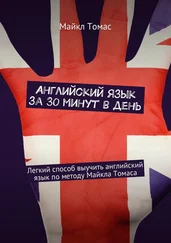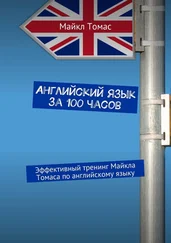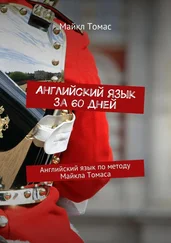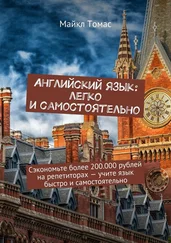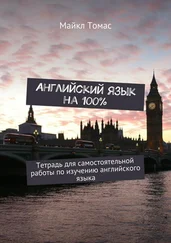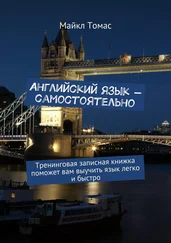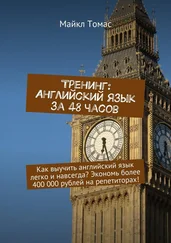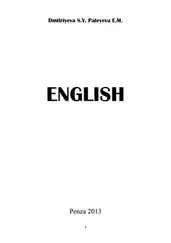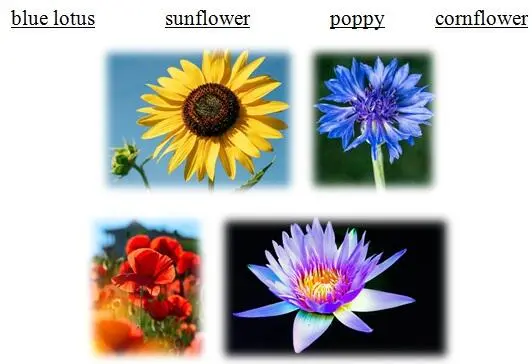
7. Read the text about present times and put suitable verbs into the brackets:
are continue give has come
Just like every other art form, floral design is in a constant state of growth. Both traditional and line mass arrangements ________ to be important in modern design and decoration. Flower arranging _____________ a long way from the early periods. Thanks to the thousands of flower hybrids and growing techniques, flowers that used to be only available in season _________ now available all year round. Materials like Floral Foam, shaping wire, and individual water phials __________ us unlimited ways to create beautiful floral arrangements that can last longer than ever before.
8. Match the following sentences with grammar tenses:


9. Study the rules:
RULES
Present Simple:

Remember:
Add - esif the word ends in -sh, -s, -ch, -x, -z (watch ES)
In verbs ending in a consonant + - y, change -y into - ies(cry – cr IES)
We use Present Simple for:
Daily routine
Facts
Permanent situations
My cousin buys the same bouquet for his mother every year.
Present Perfect:

We use Present Perfect:
For past life experience without concrete date/time
Action from the past has a result
Action started in the past and is still continuing
With never/ever/just/already/yet
She has visited Floral Conferences for 5 times.
Present Continuous:

Remember:
Some letters are doubled (consonant-vowel-consonant in the end): get ting, swim ming
Letter ein the end disappear: writ e– writing
There are non-action verbswhich we can use only in simple (know, want…)
We use Present Continuous for:
Actions at the moment
Temporary situations
Personal arrangements with a concrete date/time
She is arranging a rose bouquet right now.
10. Put the verbs in brackets into correct grammar tenses:
Flower trends _______ constantly ____________ (evolve).
Consumers _________ never ________(benefit) more from the emotional well-being connected to having flowers in their lives than right now
Flowers __________(have) the power to bring happiness and security into people’s lives
Flower.Style _________(share) the inspiration theme FOLK, as one of the emerging themes for flower trends.
Oasis Design Director Sandy Schroeck ___________(provide) insight into 2021 color trends for all things floral
Trendbook ____________(provide) a sneak peek into four emerging themes
The antique yellows that ____________(trend) are replaced with a hotter pink accent in the linens to provide a refreshing palette
Consumers worldwide _____________(see) that flowers and plants are important when working from home
New life-style trends ________________(impact) how people see and value flowers and plants.
Sustainability _________(be) really about caring
Now you know:
–A short history of floristry
–Phrases of agreement/disagreement
–How to differ and use Present Simple/Present Continuous/ Present Perfect
–New words:

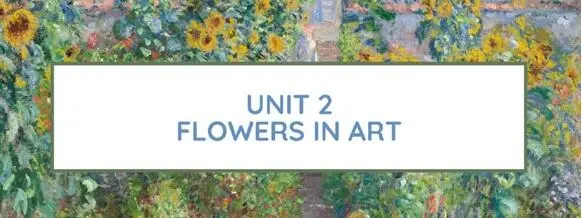
1. Read the quotation and explain how you understand it:
“Open the bloom of your heart and become a gift of beauty to the world.”
– Bryant McGill
2. Discuss the questions:
Do you agree that flowers can bring an inspiration? How?
Can you think of the ways flowers can be used in art?
Do you know any famous paintings with flowers?
3. Look at the paintings and match them with flowers:

4. Read the text about floral motives in paintings in different ages and complete a timeline with a name of period in art and a brief description of each period:
Renaissance – 1400s
Renaissance paintings usedflowers that conveyeddeep philosophical and Christian symbolism as a guide for illuminating divine mysteries. For instance, the white lily was often used as an emblem for the Virgin Mary during this period as a symbol of her purity and radiance.
Baroque & The Dutch Masters – 1600s
The Dutch masters craftedincredible still life scenes, using stark blossoms that seemedto leap beyond the canvas. Though rendered realistically, these arrangements werealmost always artistic fantasies, showing flowers together that would never have been in bloom during the same season.
Impressionism & Post Impressionism – late 1800s
“The Sunflower is mine”—van Gogh. Many Impressionists and Post-Impressionists paintedflowers that werepersonally meaningful to them, as opposed to their cultural or religious symbolism. Van Gogh for example tookthe sunflower as his own personal artistic signature as he createdseveral versions of them and they becamea distinctive and popular part of his body of work.
Expressionism & Fauvism – early 1900s
Rejecting perfectionist styles, expressionists and fauvists depictedeveryday moments in life in a progressive way that was characterised by dramatic use of colour and highly exaggerated forms. Henri Matisse, consideredto be one of the 20th century’s most important French painters, regularly depicted flowers in his works, and is famously quotedas saying ‘There are always flowers for those who want to see them’.
Surrealism & Pop Art – mid 1900s
In the mid 1900’s the depiction of flowers transformedfrom being observations of nature to more abstract forms. Pop Artist Andy Warhol often paintedflowers in a way that could not be pinned down to a particular species.
Post-Modernism – 1970s+
From the end of the 20th century onward, flowers have starred as works of art in their own right. Like Jeff Koons’ 43-foot-tall sculpture of a West Highland Terrier which is covered in a colourful carpet of over 60,000 flowering plants, flowers are no longer just being depicted on canvas.

1400___________________________________
Читать дальше












